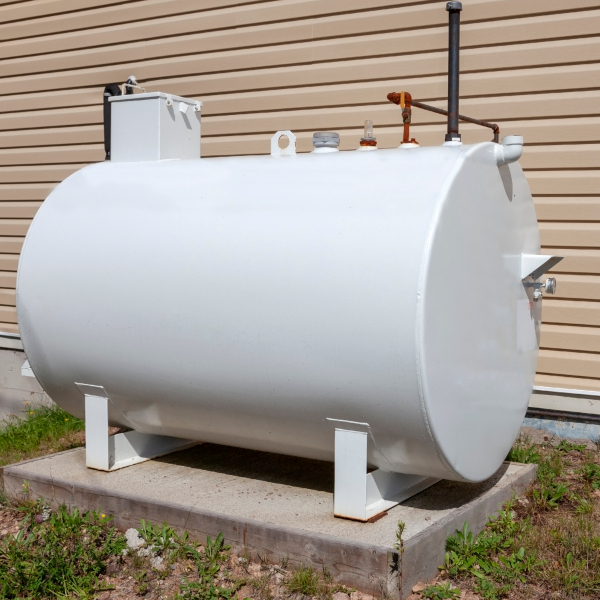The oil tank in your home is a thing that isn’t thought of by many. It’s nevertheless vital to the infrastructure of your house. The property owner is responsible to maintain and repair their heating system, as well as their oil storage container. Failure to take this responsibility can cause grave environmental and financial problems in the future.

In the case of maintaining oil tanks, it’s crucial to determine the best time to purchase an upgrade to a tank. Although regular maintenance can extend the life of an oi tank, at some point the tanks will need to be changed. The cost of replacing an old oil tank can vary according to the various aspects. This includes the dimensions, the type, location and the level of complexity.
The most widely used size for oil tank that is used for residential homes is 275 gallons oil tank replacement cost.The replacement price for an oil tank is 275 gallons and ranges from $1500 to $3,600 based on the above-mentioned factors. The cost may not cover certain costs such as labor, permits and the disposal of your old oil tank.
The expense of tank replacement might seem daunting However, it’s crucial to think about the possible costs in ignoring a failing tank. Leaks in an oil tank can result in major environmental damage, as well as fines and legal liabilities for the owner of the property. The tank’s failure could lead to heat loss during winter, which is risky and costly to fix.
To prevent this from happening ensure regular inspections and maintenance on your tank of oil. It’s important to conduct visual inspections at least once a year, regular cleanings and monitoring leaks. If any issues are identified it’s crucial to take care of them promptly to avoid more expensive repairs down the road.
There are several options in the selection of a replacement oil storage tank. Underground and above-ground tanks are the most popular types. Above-ground tanks tend to be cheaper and simpler to put in, but they are often more noticeable. Below-ground tanks, on other hand, are more costly to set up, but they offer a more discreet appearance.
For a secure and safe installation, you should pick a replacement for your oil tank with years of experience and an excellent reputation. An experienced installer can not only guarantee that the tank is set up correctly, but they will also properly dispose of the old tank along with any hazardous materials involved during the installation.
In addition to regular maintenance and the correct installation There are other things property owners can do to help extend the lifespan of their oil tank. This includes:
1. Make sure the tank is filled. A full tank can prevent corrosion by the prevention of condensation.
2. Quality fuel Quality gasoline will prevent the buildup of sediment within the tank. This can lead to damage or blockages within the fuel lines.
3. Keep the space around the tank clean In keeping the space around the tank free of debris and vegetation can aid in preventing damage to the tank as well as facilitate maintenance inspections.
4. Checking for leaks Regularly examining for leaks can reveal problems early on, before they become more costly and difficult to fix.
Any property owner who has an oil-fired system must consider replacing the oil tank. The cost of replacing a tank could differ based on a range of factors. But, neglecting any tank that is in need of replacement can cause a significant financial and environmental harm. By choosing a qualified and experienced contractor and staying on top of maintenance and inspections you can ensure that your installation is safe and last for many years.
For more information, click 275 gallon oil tank replacement cost

